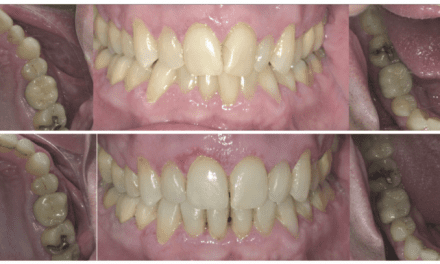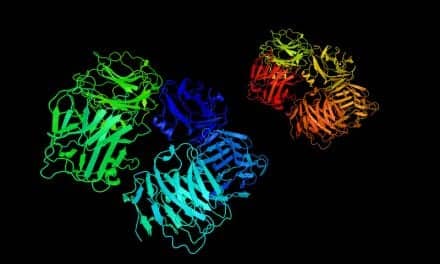In an effort to shed light on the relationship between sleep apnea and brain vessels, researchers used a novel model that mimics OSA in humans and found that after just 30 days of OSA exposure, cerebral vessel function is altered, which could lead to stroke.
The model and its findings are the result of efforts undertaken by Randy F. Crossland, David J. Durgan, Eric E. Lloyd, Sharon C. Phillips, Sean P. Marrelli, and Robert M. Bryan, Baylor College of Medicine, Houston, Tex.
An abstract of their study, entitled "Cerebrovascular Consequences of Obstructive Sleep Apnea," was discussed at the meeting Experimental Biology 2012.
The most common animal model used to study OSA today is intermittent hypoxia (IH), which relies solely on exposing animals to a decrease in blood oxygen levels. The new model incorporates all physiological consequences involved in OSA by inducing true apnea (closure of the airway). The revised model creates a more complete picture of the apnea process and one that more accurately mimics how OSA unfolds in humans.
Using their model, the researchers induced 30 apneas (10 seconds duration) per hour in animals for 8 hours during the sleep cycle for up to 1 month. After 1 month of apnea, cerebral vessel dilatory function was reduced by up to 22%. This finding correlates with studies that show similar cell dysfunction in arteries and an increased risk of stroke in OSA patients. Damage to the vascular wall in brain arteries could be a factor predisposing an individual with OSA to stroke.
"There are two important findings in these results," according to researcher Randy Crossland. "The first is the model itself. The new model allows us to study the complete disease and better understand how repetitive exposure to apnea affects the body. The second is that only 1 month of moderate OSA produces altered cerebrovascular function, which could result in a stroke. A finding that highlights the detrimental impact OSA can have on the body."



